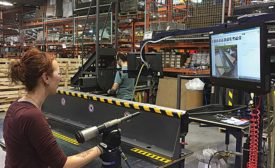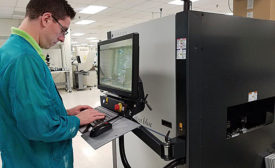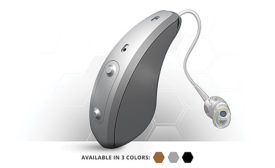Home » MES software
Articles Tagged with ''MES software''
Harness Assemblers Benefit From IIoT
The Industrial Internet of Things improves data collection and traceability
January 12, 2018
Translating Manufacturing Data for the IIoT
An MES gateway appliance translates, rather than transfers, production line data for secure and reliable exchange with IT databases.
January 9, 2018
Manufacturing Execution Systems Meet the Cloud
MES are essential to digital production initiatives.
November 9, 2017
The Transparent Factory
The correct approach to data management can transform a business and its ability to serve its marketplace
December 1, 2016
Never miss the latest news and trends driving the manufacturing industry
Stay in the know on the latest assembly trends.
JOIN TODAY!Copyright ©2024. All Rights Reserved BNP Media.
Design, CMS, Hosting & Web Development :: ePublishing












